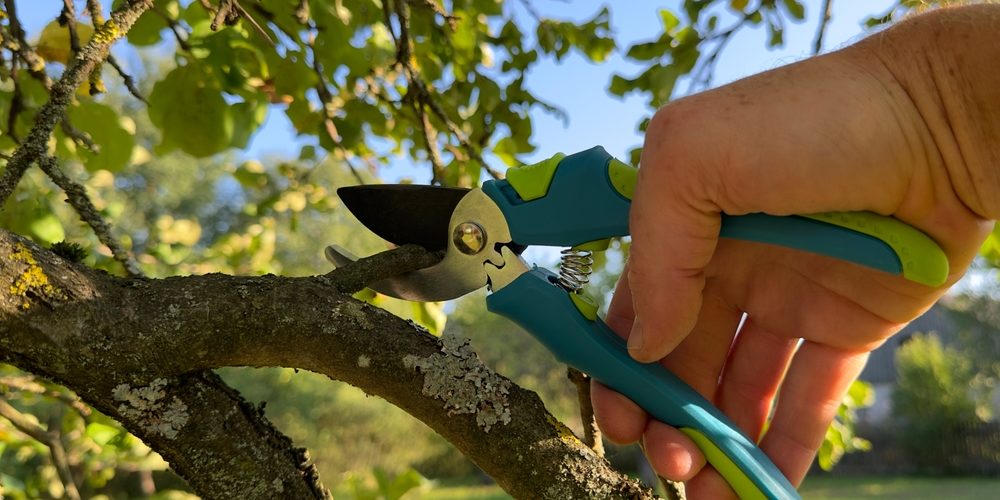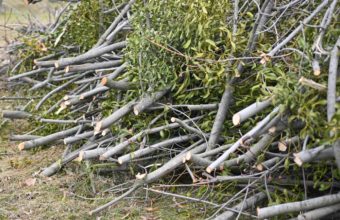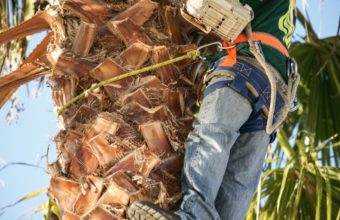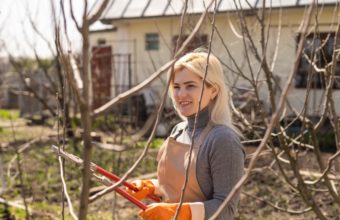When deciding which branches to prune on a tree, have clear objectives and follow proper pruning practices. The branches you should prune can vary depending on your goals, such as improving the tree’s health, safety, or aesthetics.
Here are some guidelines for determining which branches to prune…
- Dead or Diseased Branches – Prune any dead or diseased branches as soon as possible. These branches are not contributing to the tree’s health and can pose safety risks.
- Broken or Damaged Branches – Remove branches that have been broken or damaged by storms, pests, or other factors. These branches are weak and can fall, causing injury or property damage.
- Crossing or Rubbing Branches – Prune branches that are crossing or rubbing against each other. The friction between branches can create wounds that may lead to disease or decay.
- Water Sprouts and Suckers – Water sprouts are vigorously growing, upright shoots that often emerge from the trunk or main branches. Suckers are similar shoots that grow from the tree’s base. These should be pruned as they can divert energy away from the rest of the tree.
- Overgrown or Crowded Branches – Thin out crowded branches to improve air circulation and sunlight penetration. This can help reduce disease risk and promote overall tree health.
- Low-Hanging Branches – Remove low-hanging branches that obstruct paths, driveways, or visibility. Also, prune branches that interfere with structures, utilities, or other objects.
- Branches with Narrow Crotch Angles – Branches with narrow crotch angles (acute angles between the branch and the main trunk) are more prone to splitting. Consider removing these branches to prevent future issues.
- Selective Thinning for Canopy Balance – To maintain a balanced and aesthetically pleasing canopy, selectively thin branches as needed. This can involve removing some interior branches or those that are excessively dense.
- Height Reduction – If you need to reduce the overall height or size of the tree, consider making reduction cuts on selected branches. Be cautious not to remove too much foliage at once, as it can stress the tree.
- Pruning for Flowering or Fruit Production – Some trees benefit from selective pruning to encourage flowering or fruit production. Research the specific needs of your tree species if this is your goal.
Use proper pruning tools and techniques when removing branches to minimize damage and ensure the tree’s long-term health. If you’re uncertain about which branches to prune or how to prune them, consider consulting with a certified arborist or tree care professional. They can assess the tree’s condition and provide expert guidance on the best pruning strategy for your specific situation.






